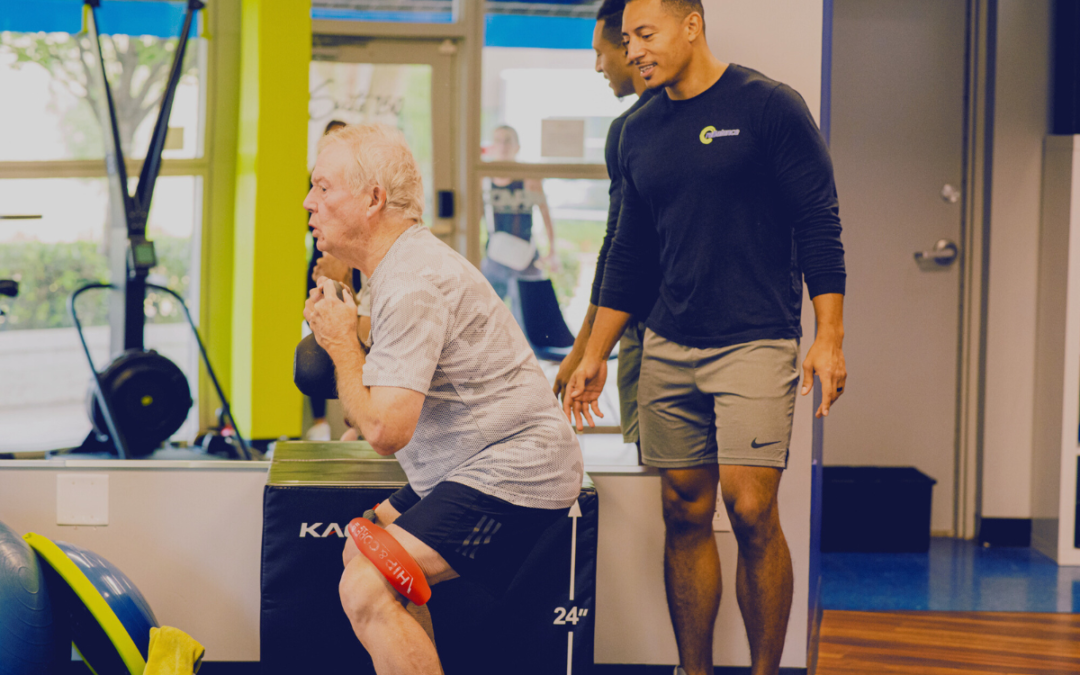Introduction:
As the years go by, maintaining good posture becomes increasingly crucial for overall health and well-being. Beyond the aesthetic appeal, proper posture plays a pivotal role in how we age and navigate our daily lives. In this blog post, we’ll delve into the significance of good posture and explore how targeted exercises can forge a foundation for a healthier, more graceful aging process.
The Foundation: Understanding the Importance of Good Posture
Aging with Grace: The Role of Posture
Good posture is more than standing tall; it’s a key factor in aging gracefully. As we age, the body undergoes natural changes, and maintaining proper alignment becomes essential for preventing discomfort and enhancing mobility. Good posture not only projects confidence but also contributes to the preservation of joint health and overall physical functionality.
Everyday Benefits: Beyond Aesthetics
Beyond the visual appeal, good posture offers a myriad of everyday benefits. It promotes efficient breathing, reducing fatigue and enhancing cognitive function. Proper alignment of the spine also supports digestive health, ensuring optimal functioning of internal organs. The ripple effects of good posture are felt in every aspect of our daily lives.
Working Out Posture: Exercises for a Strong Foundation
Core Strengthening: The Pillar of Posture
A strong core is the foundation of good posture. Incorporate exercises that target the core muscles, such as planks, bridges, and rotational movements. Strengthening the core not only provides stability but also helps maintain an upright and aligned spine, contributing to overall postural health.
Back Extensions: Countering the Slump
In our technology-driven world, it’s easy to develop a slouched posture. Counteract this tendency by incorporating back extension exercises. These exercises, such as Superman poses and reverse flies, strengthen the muscles in the upper back, promoting an open chest and preventing the rounding of shoulders.
Balance and Flexibility: Keys to Postural Control
Balance and flexibility are integral components of good posture. Practices like yoga and tai chi enhance body awareness, improve flexibility, and cultivate balance. These exercises not only contribute to better posture but also aid in preventing falls, a significant concern as we age.
Everyday Habits: Nurturing Good Posture
Ergonomics: Aligning Workspaces with Health
Incorporate ergonomics into your daily life by adjusting workspaces to promote good posture. Ensure that chairs provide proper lumbar support, and the computer monitor is at eye level. Making these adjustments contributes to sustained comfort and reinforces healthy postural habits.
Mindful Movement: Awareness in Action
Practice mindfulness in your movements. Be conscious of how you sit, stand, and move throughout the day. Regularly check in with your posture, making subtle adjustments to maintain proper alignment. This mindful approach fosters a lasting habit of good posture.
Conclusion: Aging Well Starts with Standing Tall
As we navigate the journey of aging, the impact of good posture cannot be overstated. Embrace exercises that strengthen your core, improve flexibility, and enhance balance. Integrate mindful habits into your daily routine, whether at work or during leisure. By standing tall today, you’re not just cultivating an upright posture; you’re investing in a future of mobility, vitality, and graceful aging. Age well, stand tall, and let good posture be your timeless companion.



Recent Comments